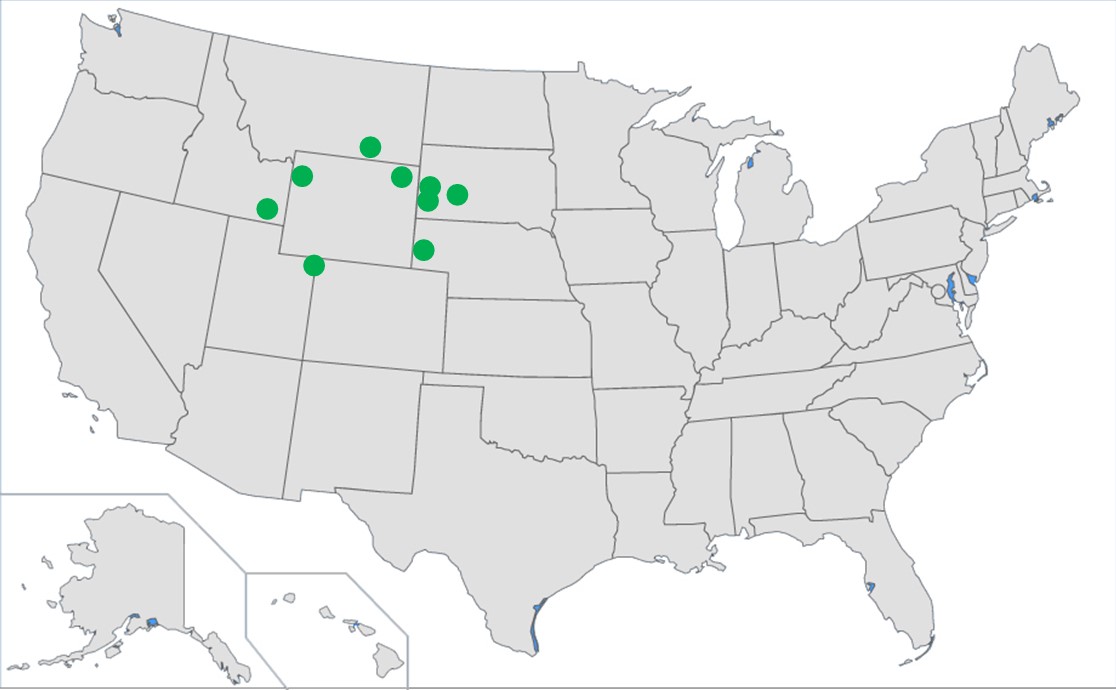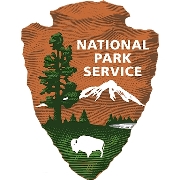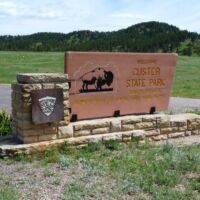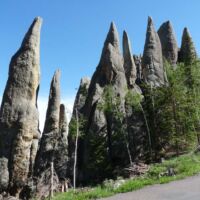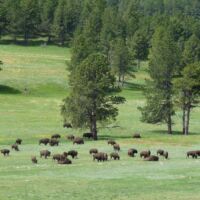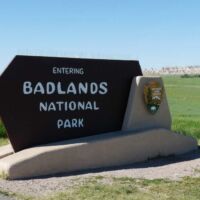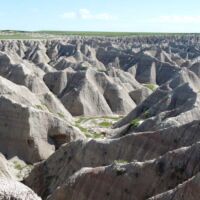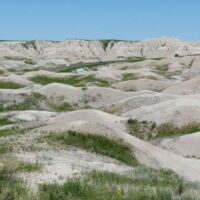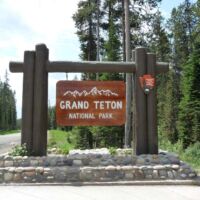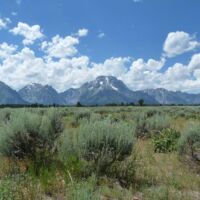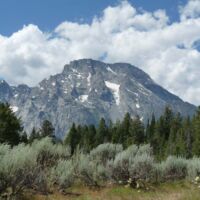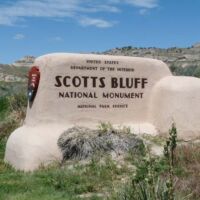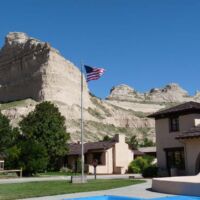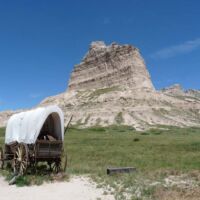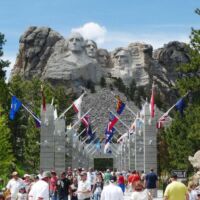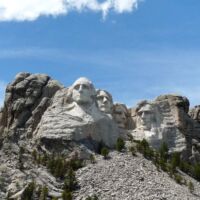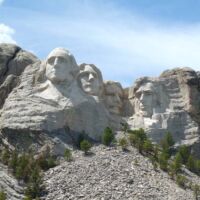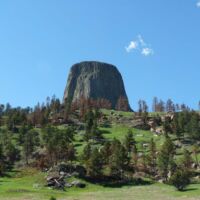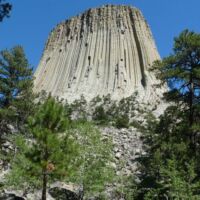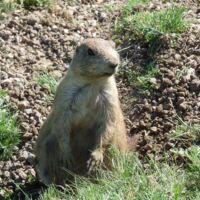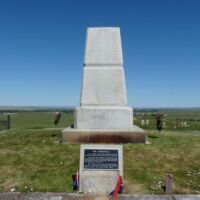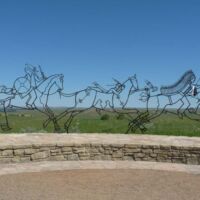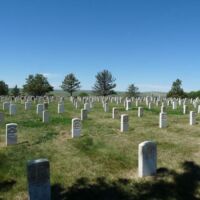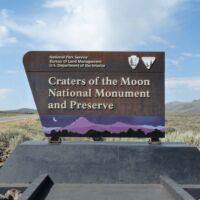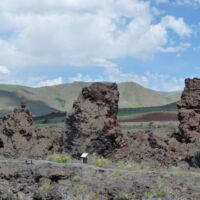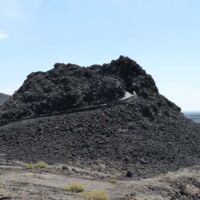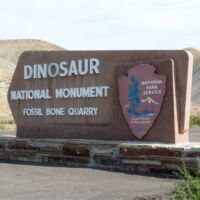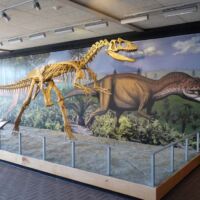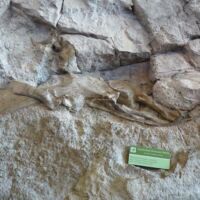On this trip we come across national parks or national monuments almost every day – interestingly, they are scattered all over the different states.
Custer State Park (South Dakota) can definitely compete with many national parks. The Wildlife Loop is home to the world’s largest bison herd with 1,300 animals; Needles Highway ends at Needles Eye and passes through a single-lane rock tunnel.
In Badlands National Park (South Dakota), you feel as if you have been sent back to an earlier time. The landscape is hostile and consists of a wall of sandstone cliffs several hundred miles long, many of which are already violently eroded.
Grand Teton National Park (Wyoming) is a little bit in the shadow of the great Yellowstone National Park. Nevertheless, it’s worth a day trip with its mountains (the highest is 4,200 high) and Jenny Lake in the middle of the park.
Scotts Bluff (Nebraska) gives visitors an idea how important such “landmarks” were to the pioneers of the West. Mount Rushmore (South Dakota), with its world-famous heads of four presidents carved into the rocks, is of great historical importance to Americans. Devils Tower (Wyoming), an extinct volcano 265 meters high and 150 meters in diameter, is once again a landmark visible far from the distance.
Little Bighorn Battlefield (Montana) brings back rather unpleasant memories for most white Americans: On the battlefield the American army led by General Custer suffered a devastating defeat against the Indians of the region in 1876. On the Loop Road of the Craters of the Moon (Idaho) ancient lava fields with such nice names as Devil’s Orchard or Inferno Cone are waiting for visitors. Finally, in Dinosaur National Monument (Utah), you can see original bones of the extinct giants that are about 150 million years old.

